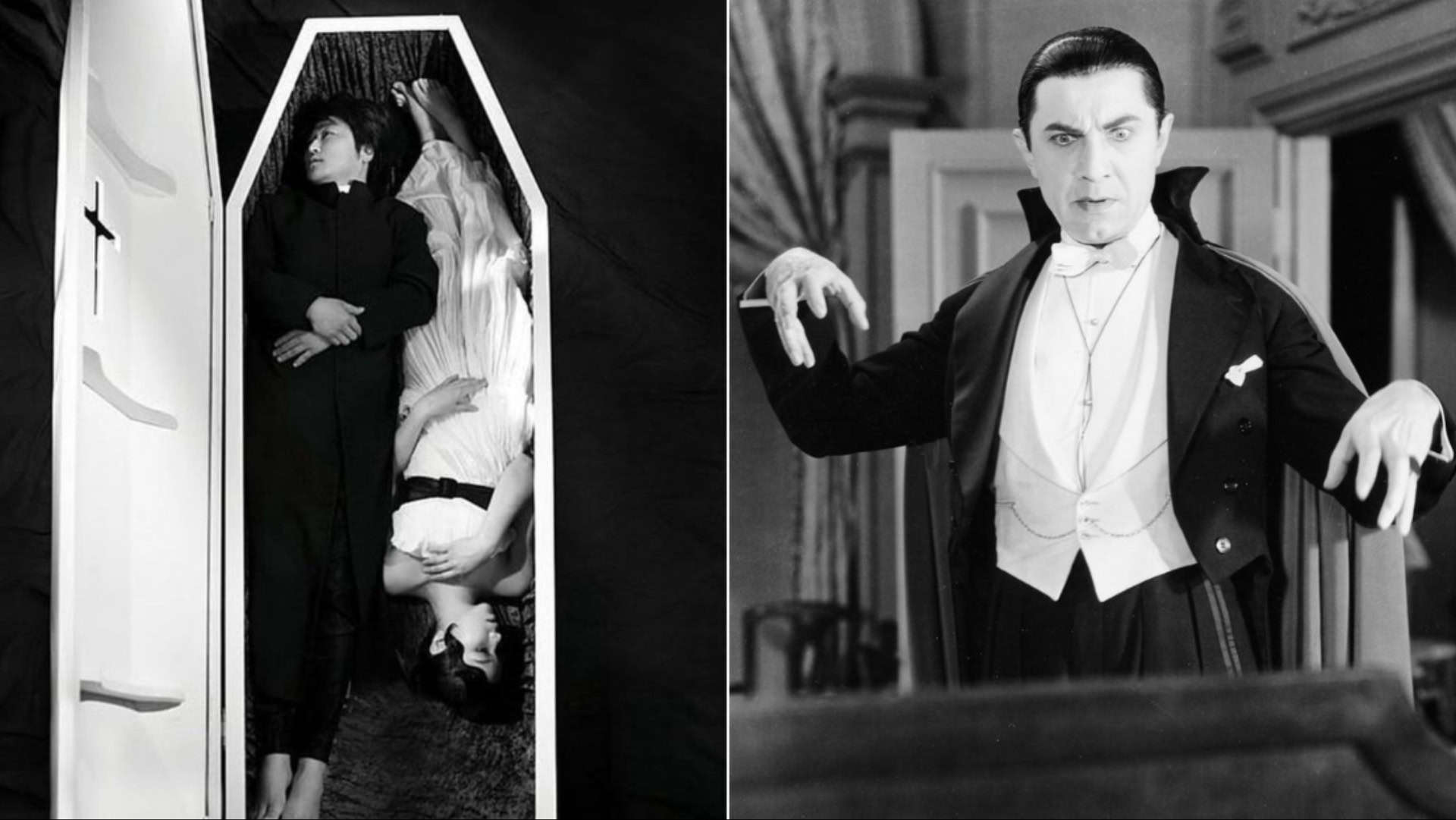Vampire movies have fascinated audiences for generations, capturing the imagination with their blend of horror, romance, and mythology.
These films have left an indelible mark on the cinematic landscape by sticking to the lore and traditions of vampire tales.
With rich storytelling and captivating visuals, these nine heritage vampire movies remain timeless, offering viewers a glimpse into the world of the undead with elegance and intrigue.
1. Nosferatu (1922)
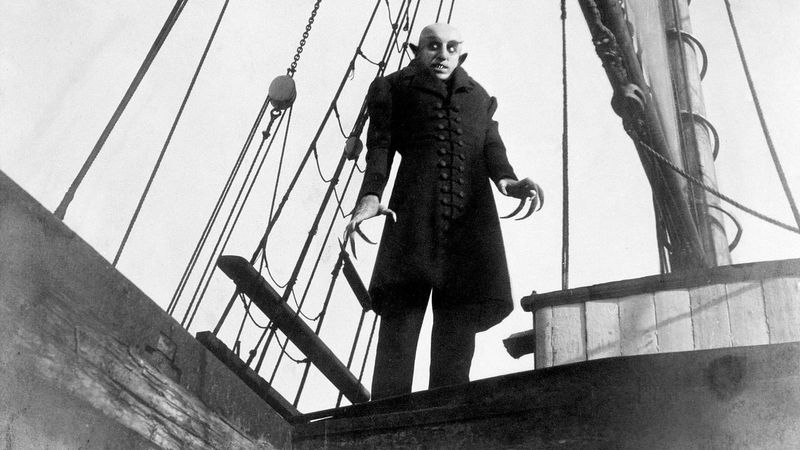
This silent film remains a classic, illustrating the eerie tale of Count Orlok, a vampire with a chilling appearance.
Its atmospheric use of shadow and light, coupled with the unsettling portrayal by Max Schreck, sets a benchmark in horror.
With its haunting visuals and minimalist storytelling, “Nosferatu” continues to inspire filmmakers today, preserving its place in cinematic history.
The film’s legacy is undeniable, showcasing the timeless appeal of vampire lore.
2. Dracula (1931)
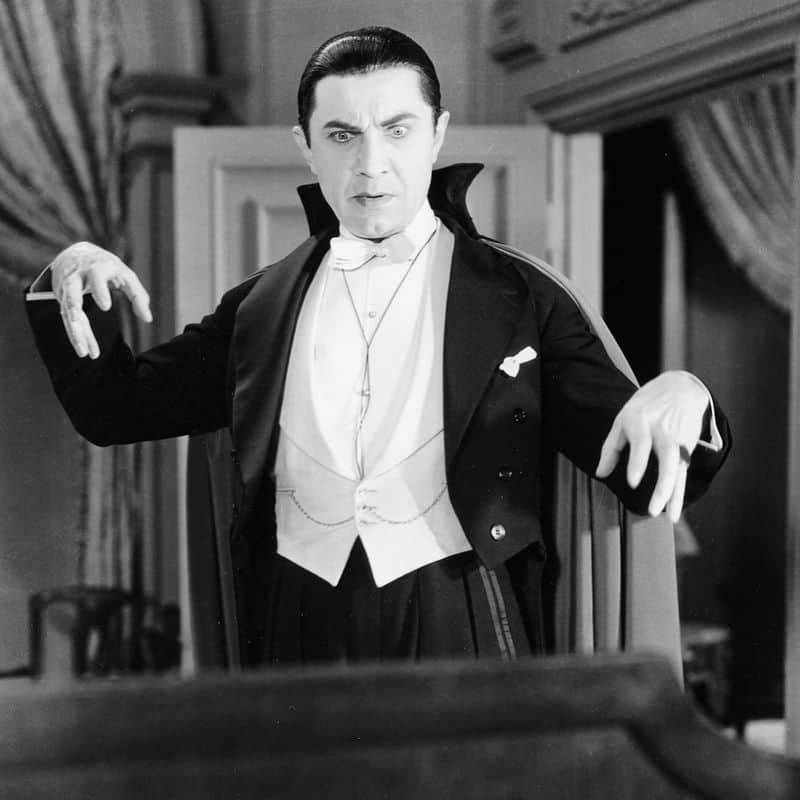
Bela Lugosi’s portrayal of Count Dracula introduced audiences to a new kind of vampire—a sophisticated and alluring yet deadly predator.
His performance, marked by a mesmerizing gaze and charisma, cemented Dracula’s image in popular culture.
The film’s gothic set design and atmospheric tension bring Bram Stoker’s novel to life.
“Dracula” remains a quintessential vampire film, capturing the mystique and danger of these legendary creatures with finesse.
3. Horror of Dracula (1958)
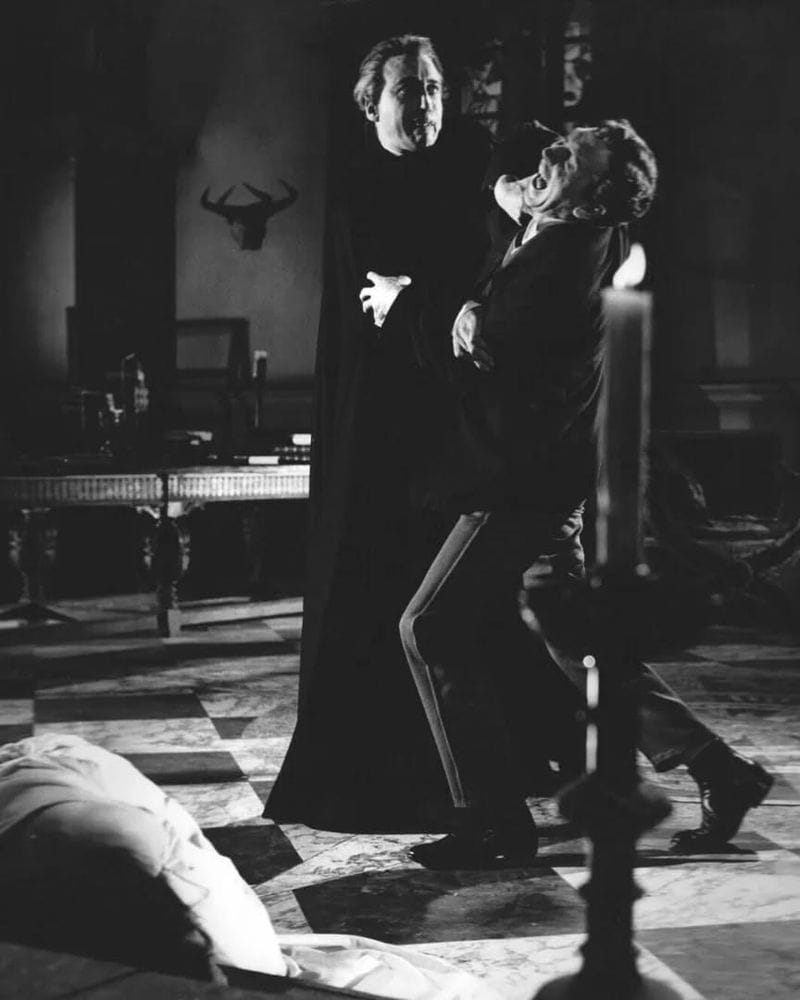
Christopher Lee’s menacing portrayal in “Horror of Dracula” redefined vampire cinema, infusing the character with intensity and charm.
The film modernized Dracula’s image while staying true to the essence of vampire lore.
Its vibrant color palette and engaging storytelling set a new standard for horror films.
Lee’s commanding presence and the innovative direction make “Horror of Dracula” a timeless piece that continues to enchant fans of vampire tales.
4. Thirst (2009)
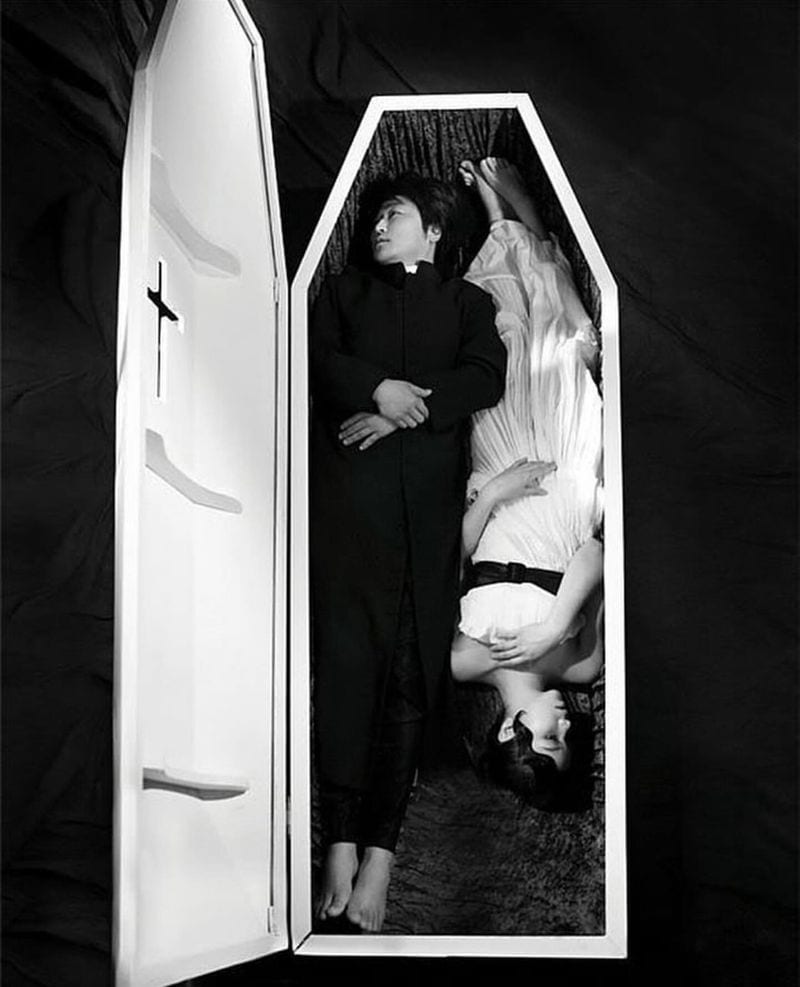
Park Chan Wook’s “Thirst” offers a daring blend of horror, romance, and dark comedy.
The story follows a priest who transforms into a vampire, grappling with newfound desires and moral conflicts.
Its striking visuals and complex characters provide a fresh take on vampire mythology.
The film’s bold narrative challenges conventions, making “Thirst” a compelling watch for those seeking an unconventional vampire tale with unexpected twists.
5. Interview with the Vampire (1994)
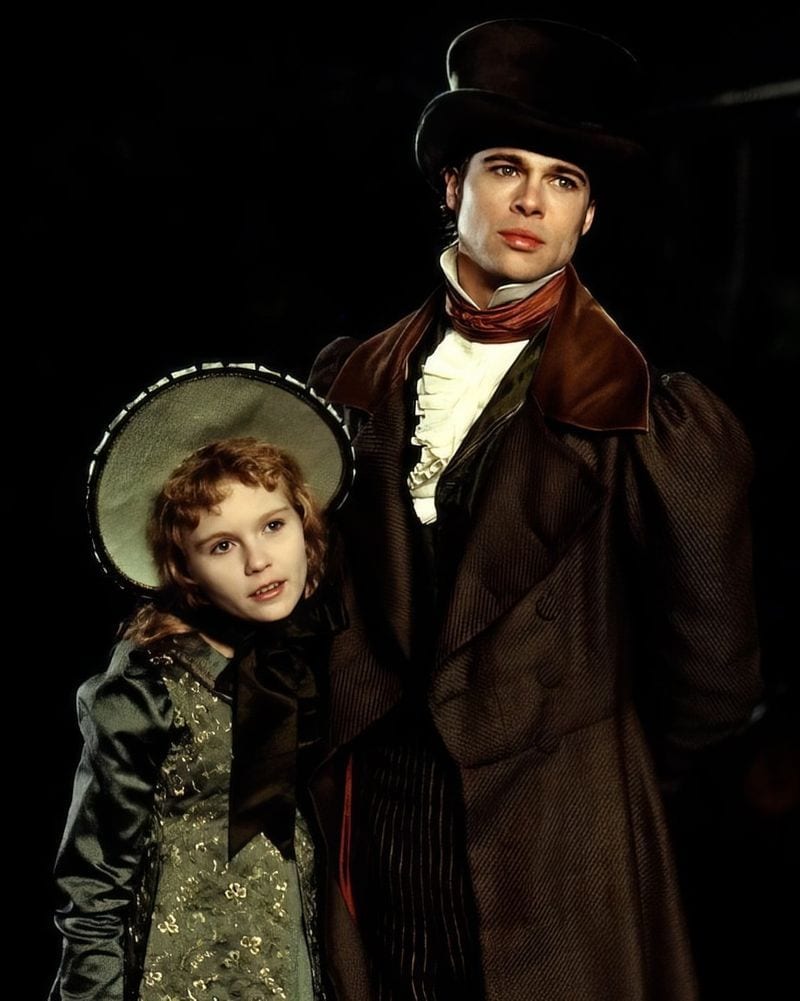
This adaptation of Anne Rice’s novel offers a deep dive into the lives of two vampires, played by Tom Cruise and Brad Pitt.
The film explores themes of immortality, existential dread, and the complexities of human emotion.
Its lush cinematography and elaborate period settings bring a richness to the storytelling.
“Interview with the Vampire” provides an introspective look at the vampire mythos, blending horror with a poignant reflection on eternity.
6. Let the Right One In (2008)
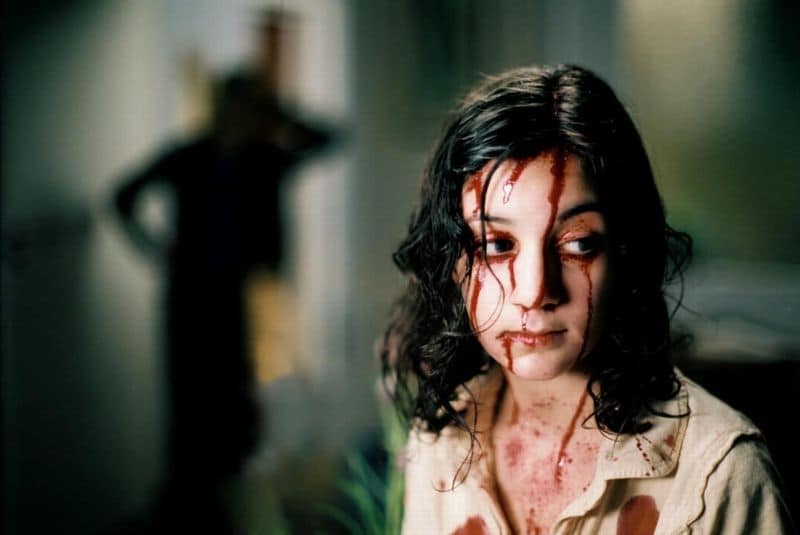
This Swedish film tells a tender yet eerie story of a young vampire girl and her friendship with a bullied boy.
It balances horror elements with a heartfelt narrative, offering a fresh perspective on vampire lore.
The wintry landscape adds to the film’s haunting atmosphere, enhancing the emotional depth of the storyline.
“Let the Right One In” reimagines the vampire genre, presenting a tale of connection and survival in a brutal world.
7. The Lost Boys (1987)
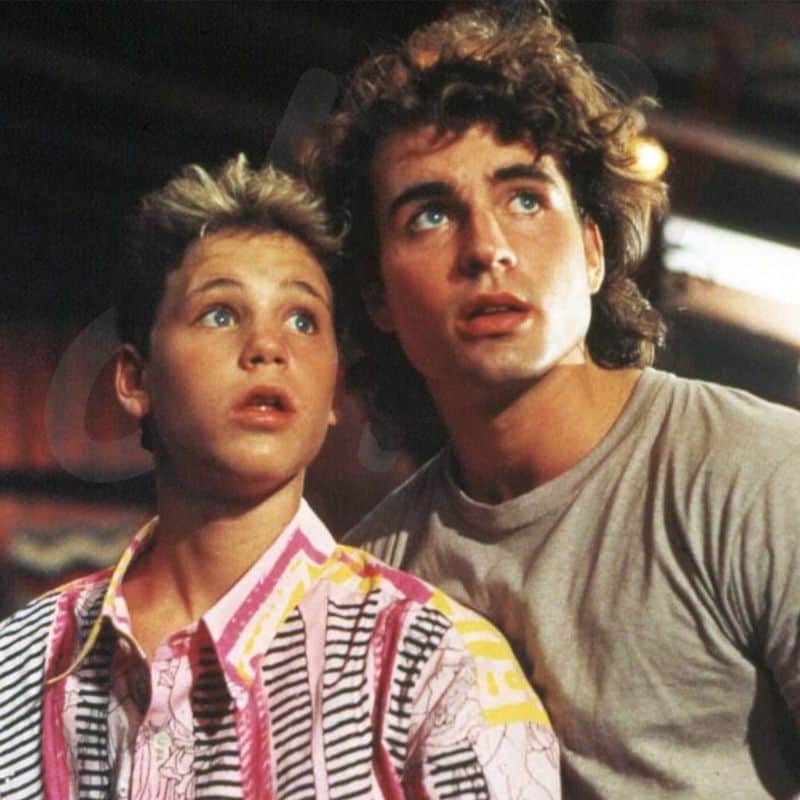
A cult classic that blends teen rebellion with supernatural horror, “The Lost Boys” introduces a gang of youthful vampires.
Their charismatic leader, played by Kiefer Sutherland, embodies both allure and menace.
The film’s vibrant energy and rock-infused soundtrack capture the spirit of the 1980s.
It offers a thrilling ride through the lives of rebellious vampires, exploring themes of freedom and identity with a playful edge.
8. Only Lovers Left Alive (2013)
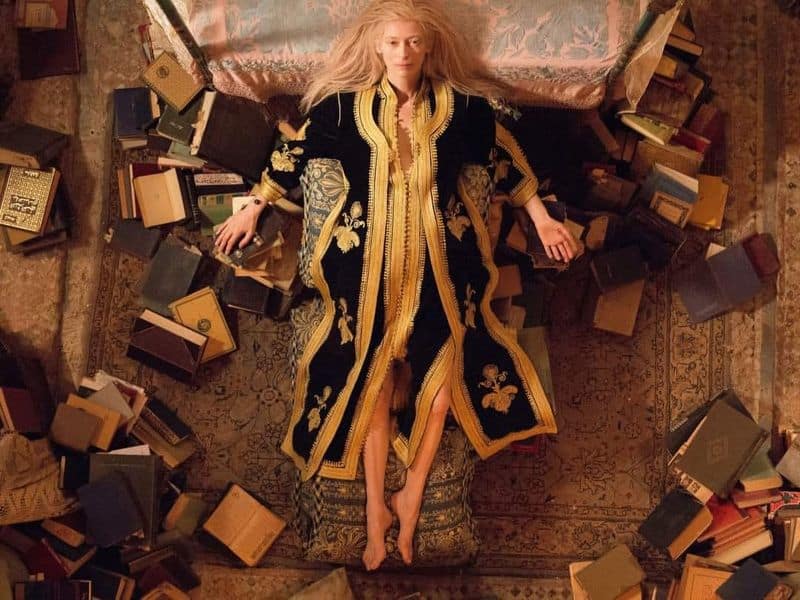
Jim Jarmusch’s “Only Lovers Left Alive” presents a unique take on the vampire genre, focusing on two ancient lovers navigating the modern world.
Tilda Swinton and Tom Hiddleston portray these eternal beings with grace and introspection.
The film’s rich visual style and philosophical undertones explore themes of art, culture, and longevity.
It stands out for its meditative pace and thoughtful character study, offering a refreshing approach to vampire storytelling.
9. Shadow of the Vampire (2000)
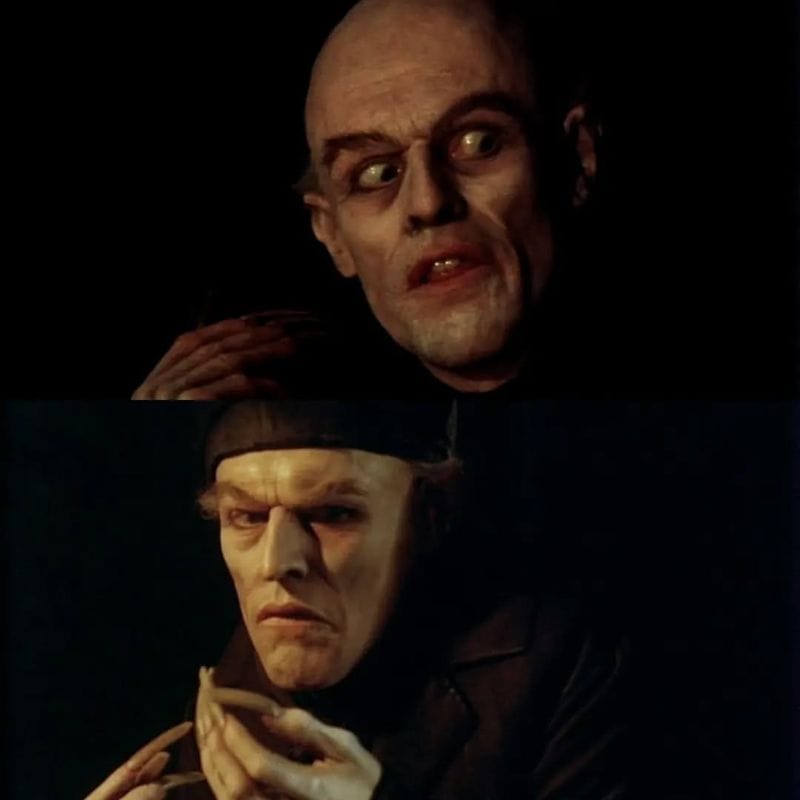
“Shadow of the Vampire” presents a fictionalized account of the making of “Nosferatu.”
John Malkovich and Willem Dafoe deliver captivating performances, blurring the lines between reality and fiction.
The film’s inventive storytelling and atmospheric design pay homage to silent-era cinema.
It explores the obsession and madness behind filmmaking, offering a unique perspective on vampire lore.

